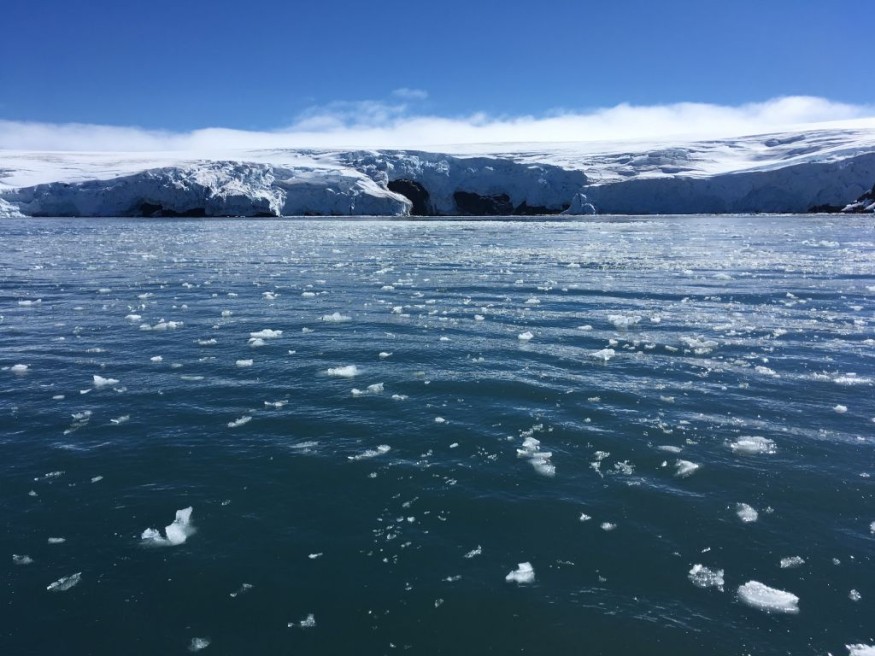Greenhouse gases (GHG) were linked to sea-level rise for the first time in the Amundsen Sea, as per a new study.
Although understanding of climate change and global warming is growing for decades, this is a fresh instance of a specific link between GHG, ocean warming, and ocean level rise.
The Amundsen Sea and Ocean Warming

In a new study published in the journal Geophysical Research Letters on February 28, climate scientists and oceanographers from the British Antarctic Survey (BAS) reported rapid ice loss in the Amundsen Sea located in the western ice sheet of Antarctica.
The scientists claimed that prior to 1994, there was a long-held belief that ice loss in the region is caused by a long-term response to oceanographic forcing, and the ocean conditions of the Amundsen Sea are not entirely known, as per the study.
By developing advanced ocean modeling techniques, the scientists were able to determine that GHG-induced ocean warming is the cause of the melting ice rather than natural oceanic processes.
Through the model, the BAS scientists were able to simulate ocean warming in the Amundsen Sea during the 20th century.
Ocean Modeling Technique
Using climate model experiments, the scientists were able to determine the Amundsen Sea conditions from 1920 to 2013.
They found that the sea experienced a period of prolonged cooling during the early 1900s compared to the present time.
The simulations yielded that the warming of the Amundsen Sea is a response to historical greenhouse gas forcing, resulting in the melting of ice in the region and the rise of sea level around Antarctica.
The study also forecasted that future GHG emissions will continue to cause ocean warming in the region.
Climate Change and Global Sea Level Rise
In a separate yet related study in February published in Nature Communications, a team of international scientists from Rutgers University determined that the global sea-level rise in modern times started as early as 1863.
The global phenomenon has been linked to the Industrial Age that kicked off approximately from 1760 to 1840.
As a result, the study concluded that the rising ocean level worldwide occurred earlier than the scientific community previously thought.
Industrial Revolution
The Industrial Revolution or Industrial Age was marked by humanity's technological leap from an agricultural to a manufacturing model of economy.
This is also the period when factories and other manufacturing establishments started to use sophisticated materials to produce metals and chemicals.
In the decades and centuries to follow, the Industrial Revolution paved the way for increased GHG emissions.
Some of the most known GHG are carbon dioxide, methane, nitrous oxide, and hydrofluorocarbons, as per the US Energy Information Administration.
Among these GHG gases, carbon emissions and methane emissions are the highest contributors that accelerate the greenhouse effect, which leads to global warming, including ocean warming; which has been the case for the Amundsen Sea.
Based on the latest research, the warming of the sea is parallel with the elevated with human-caused GHG emissions over the past century.
Related Article: Modern Sea-Level Rise Started in 1863: New Study
© 2025 NatureWorldNews.com All rights reserved. Do not reproduce without permission.





